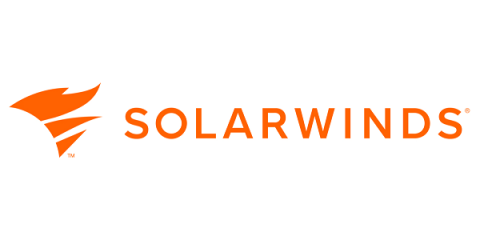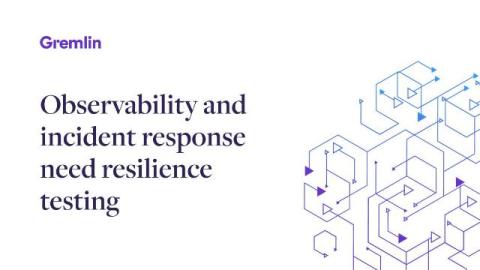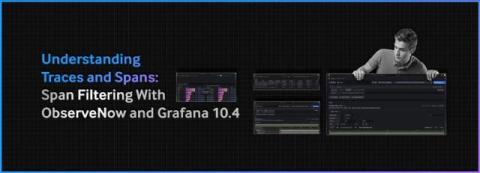Leveraging observability to improve digital resilience
With increasing competition and a digitizing landscape, small and medium enterprises (SMEs) in Australia are being forced to level up their game using AI and modernization. This means eventually relying on cloud and AI integration to ensure agility and responsiveness. The diversity of applications and the complexity of tech architecture pose challenges like increasing costs, security risks, and scalability challenges.











